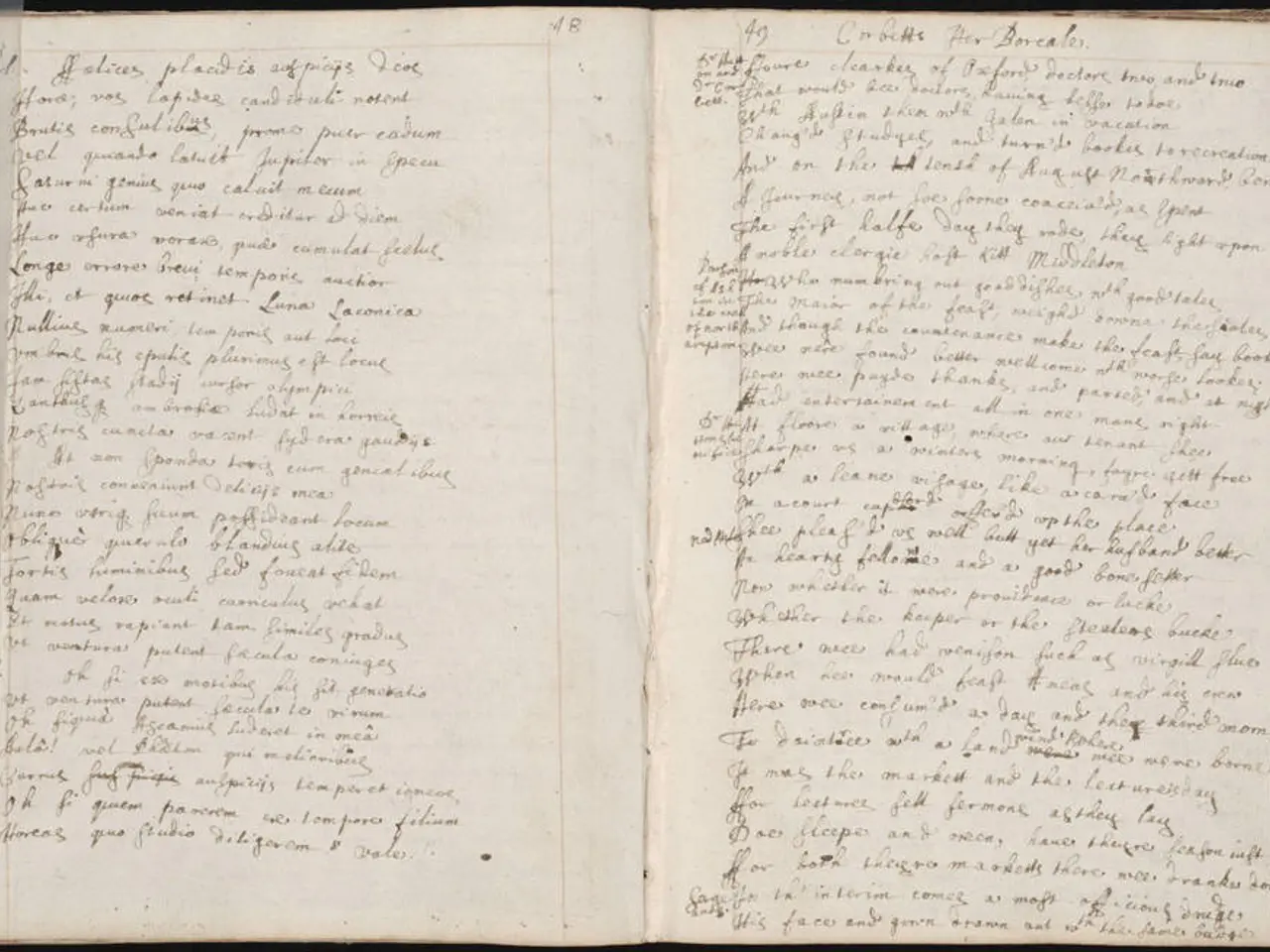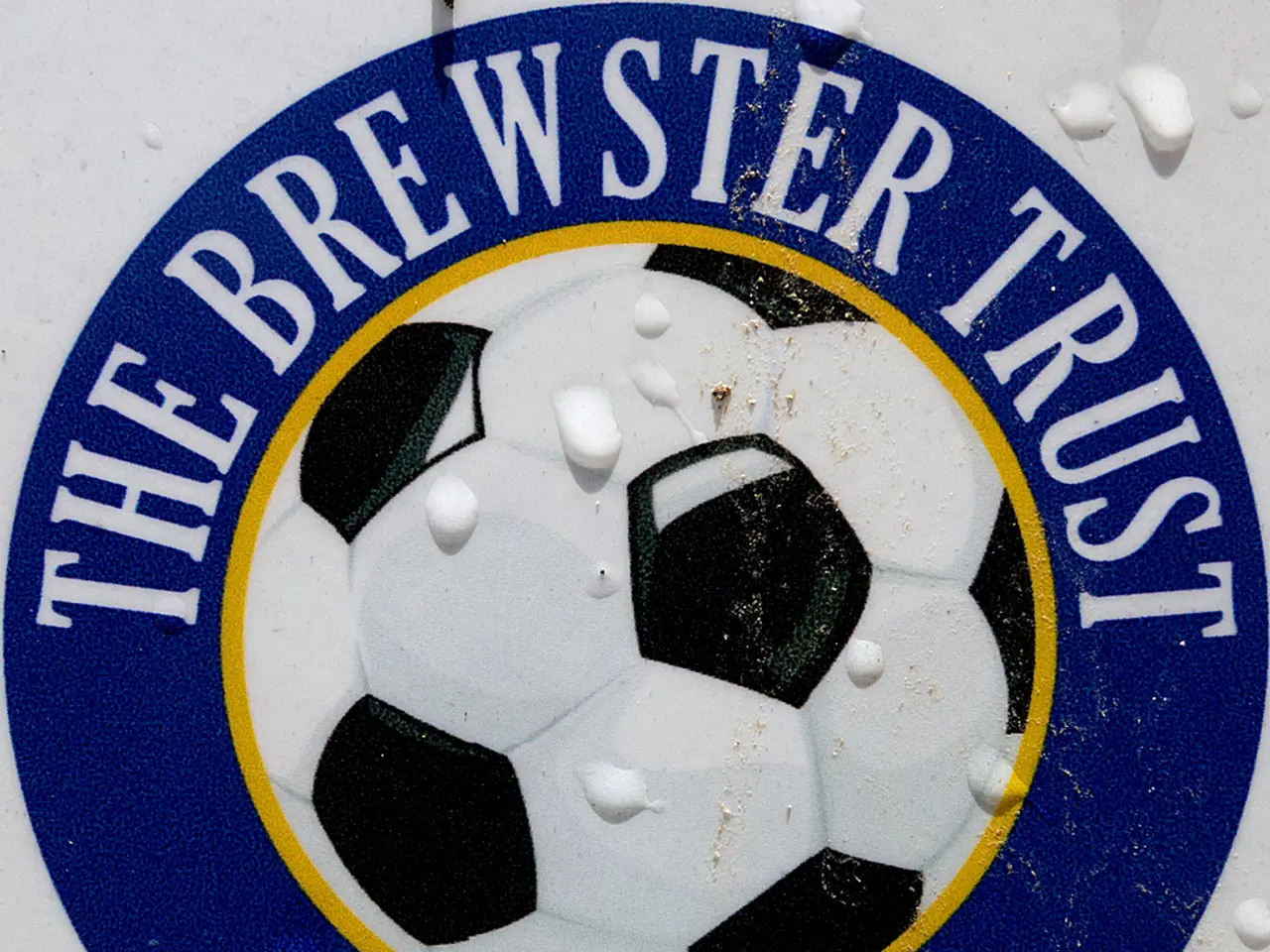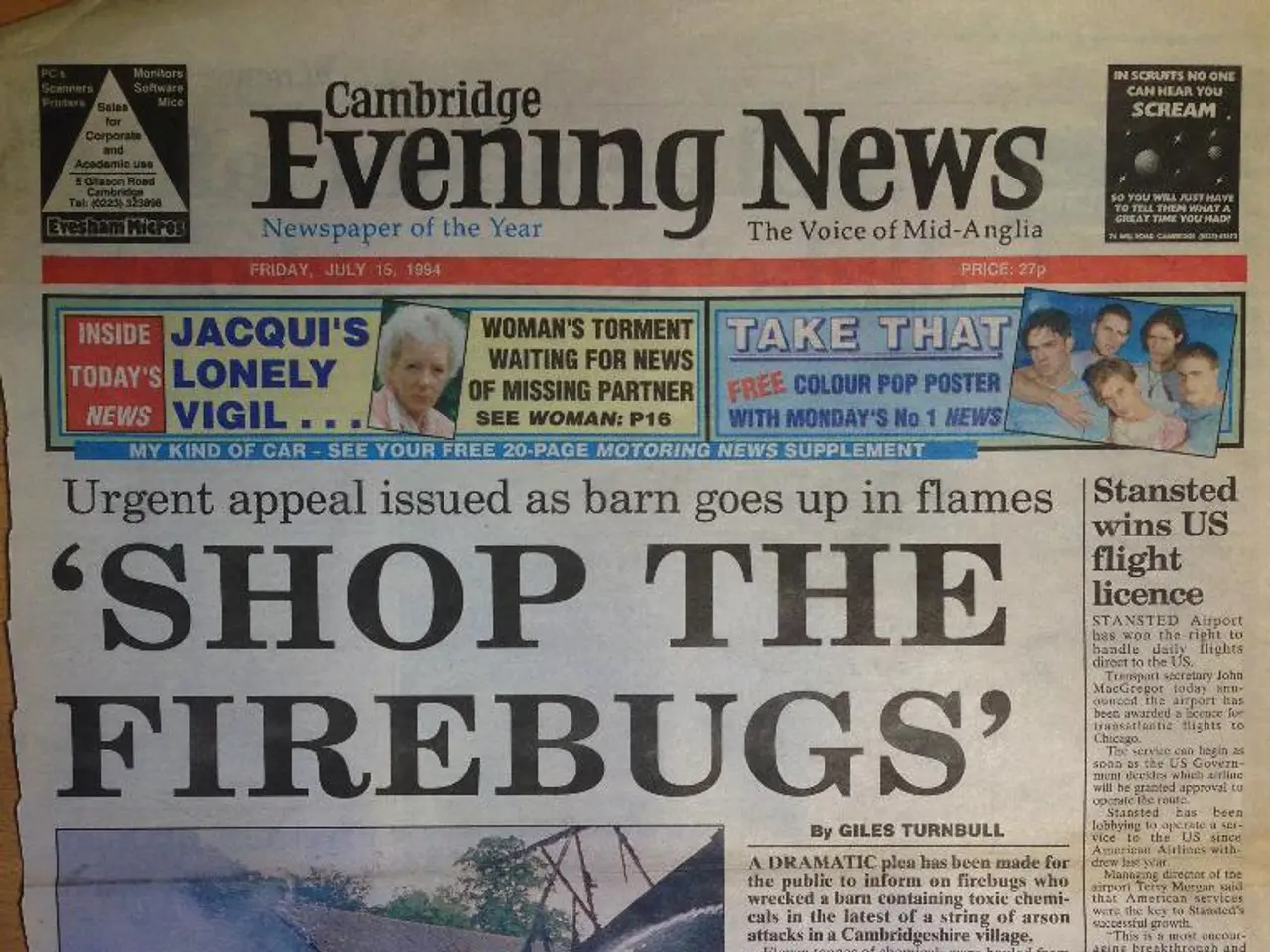Humorous Writing Inspiration: Over 50 Ideas to Kickstart Your Creativity
In the realm of storytelling, humor is a powerful tool that can captivate audiences and create unforgettable narratives. Here are some essential tips and techniques for writing funny stories that resonate with readers.
First and foremost, focus on storytelling rather than telling jokes. Stories with humor woven into real or quirky situations feel more natural and relatable, reducing pressure and creating a connection with the reader. By delivering a point beyond just being funny, stories become easier to deliver and more impactful[1].
Timing plays a crucial role in delivering humor effectively. Delaying your punchlines allows the audience to be ready for the joke and respond with laughter. For example, instead of saying "There was a cat in the box," say "In the box was a cat"[1].
Callbacks are another powerful comedic tool. By referring back to a funny moment earlier in the story, you can build humor cumulatively, creating a strong comedic rhythm. You don’t have to keep telling new jokes — reusing and recalling humor can make the story feel cohesive and engaging[1].
Personal experiences can be fantastic sources of humor. Even mundane events can become funny when reframed with a twist or unique perspective. Keeping a notebook or using your phone to jot down ideas can help you capture funny moments quickly[2].
Applying humor writing rules and structures can enhance humor further. Techniques such as the "Rule of 3" (listing three related things with the third being unexpected or absurd), "Character Switch" (putting characters in unlikely roles), or saying the opposite of an expected answer can make your stories more engaging and humorous[1].
Creating engaging hooks can draw readers in and build anticipation. Use story hooks that raise pressing questions or introduce intriguing, vivid contexts. These hooks can add suspense or curiosity that makes the story funny when the punchline or twist resolves them unexpectedly[4].
Writing prompts can help stimulate creativity and help you find your comedic voice. Write about your favorite comedy films, or sketch out scenes inspired by someone who makes you laugh. Prompts can loosen up your creativity and help you discover your unique comedic style[5].
Testing your funny story or book idea can involve sharing drafts or story snippets with friends or a writing group to gauge reactions. Observe which parts make people laugh or smile and which don't land as well, and revise timing, setup, and punchlines based on feedback to sharpen the humor[1].
If you are writing comics or a funny graphic novel, personal stories and relationships are excellent sources for humor, and mixing in absurd or exaggerated elements can enhance the comedic effect further[2].
By combining these methods, you can craft funny stories that feel authentic and enjoyable, making readers laugh while telling a worthwhile tale[1][2][4][5].
[1] The Write Practice, 2021. [2] Writer's Digest, 2021. [4] Reedsy, 2021. [5] The Creative Penn, 2021.
In the process of crafting humorous stories, one can leverage personal experiences as valuable sources of humor, transforming mundane events into comedic gold with a unique twist [2]. Utilizing writing prompts, such as sketching scenarios inspired by favorite comedy films or comedy characters, can stimulate creativity and help identify a distinctive comedic style [5]. To make a comic book or graphic novel more entertaining, incorporating personal stories and relationships, and adding absurd or exaggerated elements, can amplify the comedic effect [2]. When marketing these stories, consider Amazon ads or social media promotion to reach a wider audience who appreciate humor, lifestyle, fashion-and-beauty, books, and entertainment [6]. A publisher like Publisher Rocket might be an ideal partner for publishing your funny book, helping it reach readers who are looking for engaging and humorous narratives.








